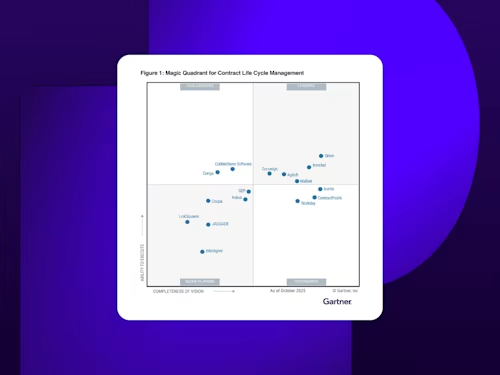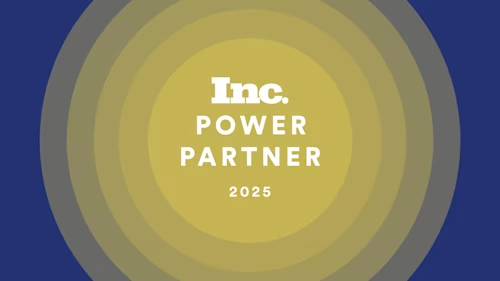
Tips to Help Your Team Avoid Employee Burnout
With employee wellbeing top-of-mind, here are some strategies you can take–and software you can implement–to help foster healthy environments.

Employee burnout is alive and unwell amongst offices nationwide, with more than half of workers in a recent survey reportedly feeling drained from their day-to-day duties. Widespread feelings of exhaustion and mental stress within an organization can lead to weakened production, high turnaround, and excessive costs associated with recruiting and training replacements. With employee wellbeing top-of-mind for many organizations, here are some tips on strategies they can take–and software they can implement–to help foster healthy environments.
The human touch
Before we tackle some neat technologies that are helping alleviate burnout, it’s important to address that burnout often siphons from the top, with managers suffering from it more severely than their employees. Gallup researchers attributed the disparity to more pressure–and heavier workloads–being put on workplace leaders. The remedy, the consulting company said, includes strong leadership from above, opportunities for professional development, and encouraging employees to nourish their strengths. Regular check-in meetings and quarterly reviews are other ways to touch base with employees at all levels to ensure their workloads are manageable and that they’re feeling professionally fulfilled.
While robots are a poor substitute for peer-to-peer support, there are ways humans and technology can work together to help make work life more palatable for stressed out employees.
Work management tools
Whether you’re in sales, IT or HR, using the right work management tools can help manage the various stages of a project. Tackling an assignment task-by-task rather than approaching it as a mammoth, singular undertaking will make it appear more manageable and alleviate stressors associated with the feeling of taking on too much.
Task management software such as monday.com and hive.com can help users manage various stages of sales cycles, collaborate with colleagues in real time, and organize or prioritize tasks. Such tools are especially valuable during a time when about 80% of employees are struggling to keep up with their workloads.
Mental health support
When an employee isn’t happy, it shows. A recently-released ComPsych Stress Pulse survey indicates that at least half of North American workers miss at least a day of work per year because of stress. The same report said stress caused 42% of people to lose 15-to-30 minutes per day in productivity; another 34% were so stressed that they missed at least an hour of work per day.
Implementing personalized mental health programs through partners such as Spring Health can help improve the barriers to accessing high-quality and timely support for employees. Other organizations, such as Mind Share Partners, are among the national nonprofits working to help organizations build healthier communities through training sessions, seminars, and guidance. Its proactive approach helps prevent burnout before it happens, and offers custom solutions to cater to team needs.
Meantime, some organizations are utilizing virtual reality technology to help their employees relax and reduce occupational stressors. Other apps like Calm offer a variety of meditations for stressed out employees, who are taken via virtual reality headsets on 10-minute journeys to calm lakes, ocean beach sides, and lush forests.
Striking a work life balance
With many people now based at least partially from home, the work-life balance has blurred. It’s hard to remember to clock out after a full day of work, or to put away your cell phone and stop responding to emails after dinner. One study found that 71% of full-time employees work overtime at least once a week, while nearly half said they worked extra hours several days a week.
Organizations can eliminate the need for overtime work by ensuring they’re adequately staffed, encouraging flexible working hours, and ensuring resources are in place to support productivity.
Modern tools such as Wrike and Connecteam can help organizations keep tabs on employee schedules, balance workloads, and use resources accordingly. Platforms such as Homebase can be a good alternative for companies with hourly employees.
Work smarter, not harder
Organizations can help reduce workplace burnout by implementing technologies such as Docusign that make signing documents stress-free while reducing the number of steps to completion.
Docusign eSignature eliminates manual tasks, accelerates agreements and makes it easy to connect with the tools and systems you already use. Using the software helps avoid common stress triggers such as delayed projects, paperwork errors and lost or damaged contracts. With work overload being another contributing burnout factor, eSignature also helps users save time with prebuilt templates and a central repository that makes contracts easily accessible.
Accounting software fintech company Tipalti has attested to the role Docusign can play in making work less stressful. Before using electronic signatures andDocuSign’s pre-designed templates, it was slow and frustrating for sales teams to create an order form.
“We also had another problem,” said April Larsen, vice president of sales at Tipalti. “If we ever needed to change the template for our order form, it was like heart surgery.”
Docusign Gen for Salesforce changed the game, she said.
“Our sales reps love it because they can get deals done faster, with fewer errors,” Larsen said. “My team loves it because we can manage templates and make changes much easier than with our previous solution.”
Ready to get started? Sign up for a free Docusign trial here.
Related posts
Docusign IAM is the agreement platform your business needs



